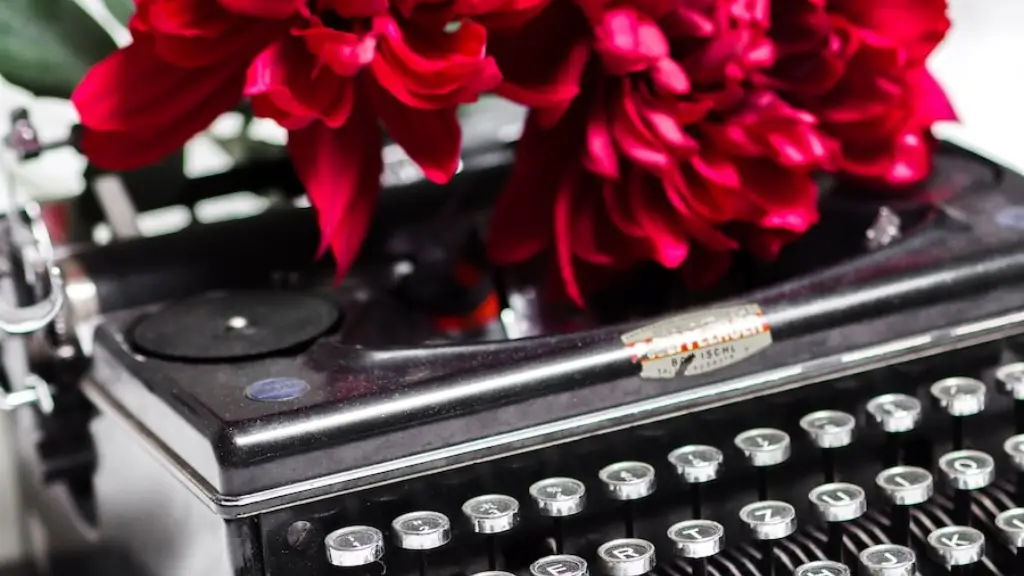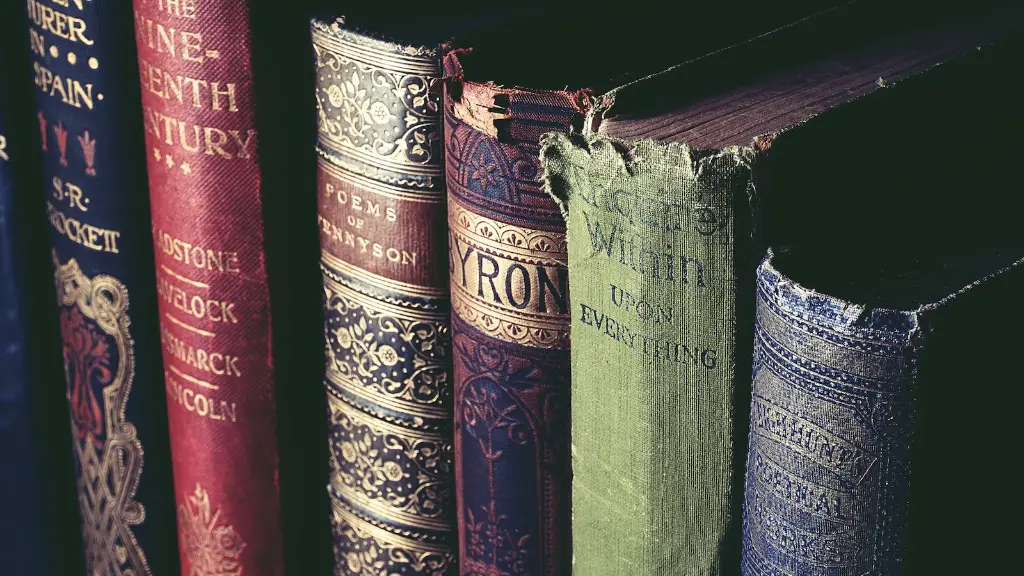History of Slam Poetry
Slam poetry has its roots in the 1980s, when poet Marc Smith started hosting poetry slams at the Green Mill Jazz Club in Chicago. The poetry slams then began to spread across the country, reaching new audiences, changing the poetry landscape and captivating listeners. As more poets delved into the performance aspect of poetry, more events and competitions started to drum up interest in slam poetry.
Slam poetry is a form of performance poetry that combines both the spoken word and self-expression. It allows expressive poets the opportunity to share their work with an audience, and encourages them to get creative with their creations. It is not just reading a poem aloud, but performing it in front of others, often through engaging dynamic gestures, body movement, voice management, inflection and facial features.
The Rise of Slam Poetry
The rise of slam poetry has seen its popularity soar among a younger generation, who are embracing the medium to express their feelings and experiences. According to Jesse Apter, the founding director of the International Poetry Slam, slam poetry has the potential to bring in over $2 million in ticket sales to venues annually. Its easy accessibility has allowed more people to move away from traditional means of expression, and embrace a more contemporary style of verse.
This increased popularity as also seen slam poetry form part of various TV shows, advertisements and movies, bringing it to the attention of more people. Poets have also found success on the internet, growing their fanbases and sharing their art. The internet has allowed them to bypass traditional publishing structures, and reach a much wider audience with their work.
How the Publishing World ViewsSlam Poetry
The publishing world has traditionally viewed slam poetry with skepticism, regarding its validation as a legitimate form of expression. However, this is slowly changing, as publishing houses now recognize the potential of slam poetry and have started signing up poets to their rosters. One of the most successful examples is Button Poetry, a company set up to publish the best of contemporary and innovative poetry by writers who are primarily coming from the world of spoken word.
The company’s success has encouraged other publishing houses to follow suit, with many poets finding success with traditional publishers, something that was previously unheard of. Publishers now focus their attention on emerging poets who are generating a buzz in the world of slam poetry, highlighting the impact that the form is having.
Benefits of Publishing with Traditional Publishers
Publishing with traditional publishers has its advantages, most notably access to greater resources which can be used to boost publicity and generate more interest in a poet’s work. Poets can also receive a greater percentage of the sale proceeds when they sign up with a publishing house, and receive additional royalties when their work is adapted for use in other mediums.
Having a publisher also gives poets greater credibility and status, as leading publishing houses like Penguin Books, Simon & Schuster, and Farrar, Straus & Giroux all embrace both traditional and performance poetry, making it easier for poets to gain recognition from the public.
Competition in the Slam Poetry Scene
Despite the advantages of publishing with a traditional publisher, there is also competition in the slam poetry scene as poets must vie for limited spots with a publishing house. The sheer volume of content produced by poets has also made it difficult for publishers to stand out and make their mark in the spoken word world. Poets who are looking to get published by a traditional house must stay abreast of the latest trends and styles of performance or have their own unique style that editors are attracted to.
Bringing Slam Poetry to the Mainstream
Various initiatives have been taken to bring slam poetry to the mainstream, such as TED talks and a variety of poetry festivals showcasing the best of spoken word. This has raised the profile of slam poetry and allows an ever-growing number of poets to express themselves and share their stories through the medium.
Funding Slam Poetry Events
In addition to the resources provided by publishers, some governments are also taking steps to support the growth of slam poetry. For example, in the UK grants are available for slam poets and poetry events, which goes a long way in helping talented individuals realise their dreams of becoming published poets.
Conclusion of Slam Poetry
The publishing world is beginning to take note of the power of slam poetry as more publishers embrace it, giving poets more opportunities to flourish creatively. With the resources and support available to help poets create and showcase their work, the future of slam poetry looks promising and could soon be part of the mainstream cultural landscape.



